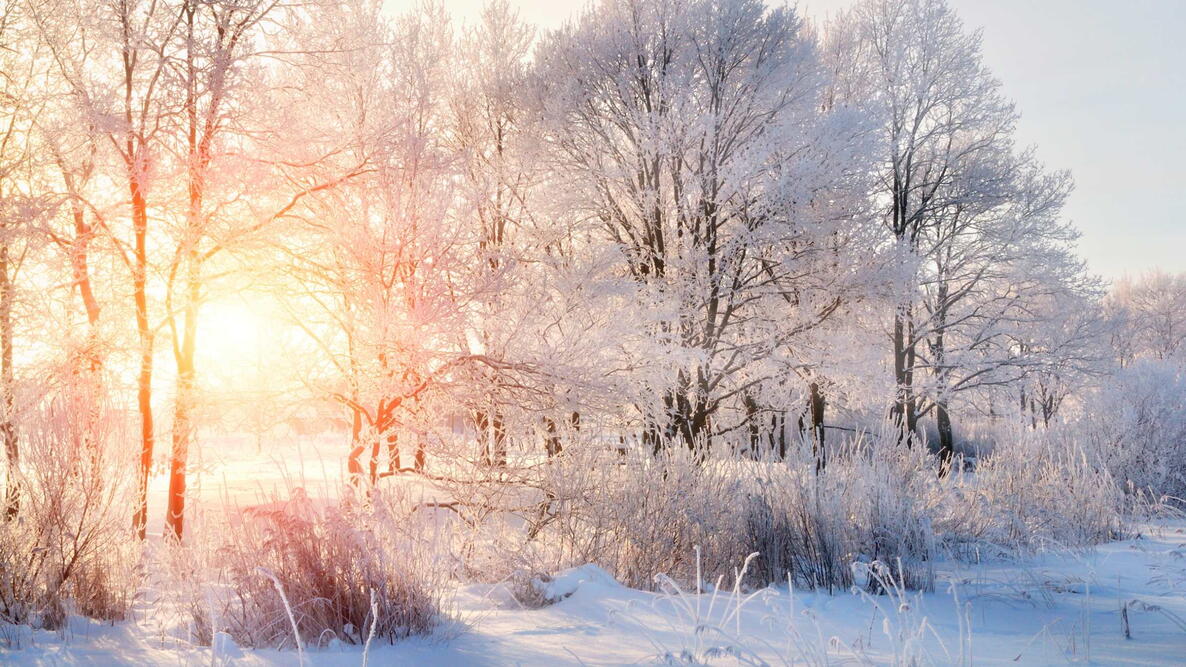When is the first day of winter? In 2025, the winter solstice date is Sunday, December 21. So, what is the winter solstice, and why does it happen? Learn all about the shortest day of the year—and tell us what winter means to you!
When Is the Winter Solstice?
The first day of winter in the Northern Hemisphere is marked by the winter solstice, which occurs on Sunday, December 21, 2025, at 10:03 A.M. (EST).
For the Northern Hemisphere, the winter solstice occurs every year on December 21 or 22. (The Southern Hemisphere’s winter solstice occurs in June.)
The winter solstice is the day with the fewest hours of sunlight throughout the year, making it the “shortest day” of the year. Thankfully, after we reach the winter solstice, the days begin to grow longer and longer again until we reach the summer solstice—the first day of summer and the longest day of the year.
Think of it this way: Although the winter solstice means the start of winter, it also means the return of more sunlight. It only gets brighter from here!
Winter Solstice Dates| Year | Winter Solstice (Northern Hemisphere) | Winter Solstice (Southern Hemisphere) |
|---|
| 2025 | Sunday, December 21, at 10:03 A.M. EST | Friday, June 20 |
|---|
| 2026 | Monday, December 21, at 3:50 P.M. EST | Sunday, June 21 |
|---|
| 2027 | Tuesday, December 21, at 9:42 P.M. EST | Monday, June 21 |
|---|
| 2028 | Thursday, December 21, at 3:19 A.M. EST | Tuesday, June 20 |
|---|
Due to time zone differences, the solstice may technically occur +/- one day in some regions.
What Is the Winter Solstice?
The winter solstice marks the official beginning of astronomical winter (as opposed to meteorological winter, which starts about 3 weeks before the solstice). It occurs once a year in each hemisphere: once in the Northern Hemisphere (in December) and once in the Southern Hemisphere (in June). It marks the start of each hemisphere’s winter season. When one hemisphere is experiencing its winter solstice, the other is simultaneously experiencing its summer solstice!
This is all thanks to Earth’s tilted axis, which means that at the solstice, half of Earth is pointed away from the Sun, and the other half is pointed towards it.
We often think of the winter solstice as an event that spans an entire calendar day, but the solstice actually lasts only a moment. Specifically, it’s the exact moment when a hemisphere is tilted as far away from the Sun as possible. This is shown in the diagram below.
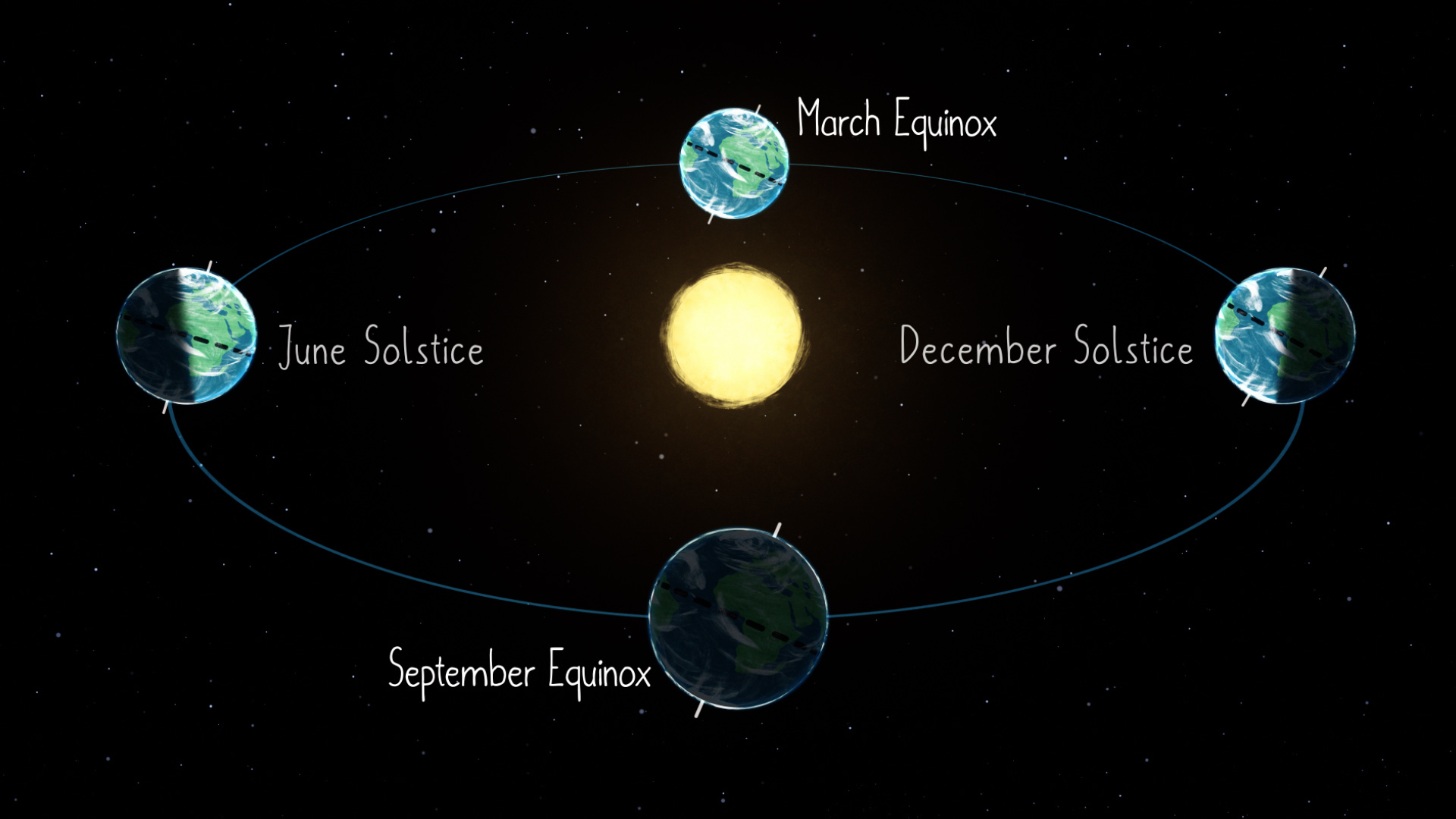
The winter solstice is significant across various cultures, signaling the changing of the seasons. Some ancient peoples even marked the solstice using huge stone structures, like Newgrange in Ireland.
In some cultures, the solstice traditionally marked the midway point of the season rather than the start of it, which explains why holidays such as Midsummer Day are celebrated around the first day of summer.
What Happens on the Winter Solstice?
On the day of the winter solstice, we are tilted as far away from the Sun as possible, which means that the Sun’s path across the sky is as low in the sky as it can be. Think about the daily path of the Sun: It rises in the east and sets in the west, arcing across the sky overhead. During the summer, the Sun arcs high in the sky, but during the winter, it arcs lower, closer to the horizon.
How can we observe the effects of solstice ourselves? On the solstice day, stand outside at noon and look at your shadow. It’s the longest shadow that you’ll cast all year! Do this again on the day of the summer solstice, and you’ll see almost no shadow.
The Sun’s Changing Path
Another way to think of this is that on the day of the solstice, the Sun’s path reaches its most southerly point in the sky. For those of us in the Northern Hemisphere, this means that the Sun’s path is as low in the sky as it can get—even at “high noon.” In the Southern Hemisphere, it’s the opposite: The Sun’s path will be high in the sky on the winter solstice—directly overhead at noon at the latitude called the Tropic of Capricorn, which is an imaginary line that circles the Earth, running through parts of South America, southern Africa, and Australia.
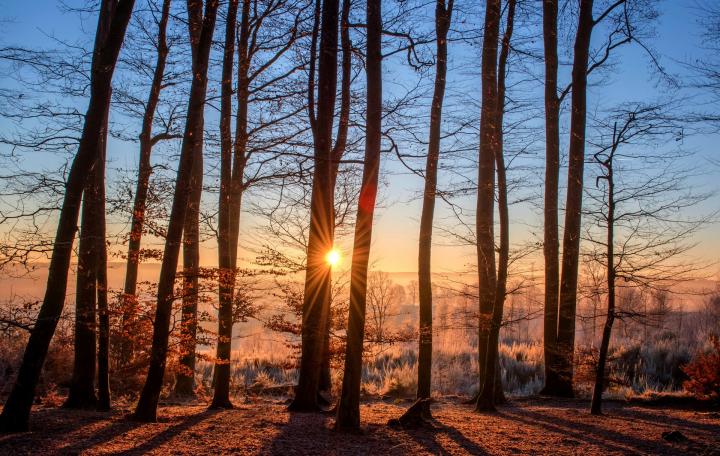
The word solstice comes from the Latin sol (“sun”) and sistere (“to stand still). So, loosely translated, it means “sun stands still.” Why? The Sun’s path across the sky appears to freeze for a few days before and after the solstice. The change in its noontime elevation is so slight that the Sun’s path seems to stay the same or stand still.
The day after the winter solstice, the Sun’s path begins to advance northward again, eventually reaching its most northerly point on the day of the summer solstice.
Then, as summer advances toward winter, the points on the horizon where the Sun rises and sets advance southward each day; the high point in the Sun’s daily path across the sky, which occurs at local noon, also moves southward each day. It’s a never-ending cycle!
→ Observe the changing day length in your area with our Sunrise and Sunset Times Calculator.
Summer Solstice
When we reach the summer solstice on June 20, 21, or 22, the Sun will reach its most northerly spot, directly overhead at the Tropic of Cancer (which runs through Mexico, northern Africa, and southern Asia). The summer solstice is the longest day of the year (the day with the most daylight hours) and marks the beginning of summer. Learn more about the summer solstice!
Equinoxes
You may also be familiar with the term “equinox.” In the spring (March) and the fall (September), the Sun’s path brings it directly above Earth’s equator. Equinox means “equal,” as day and night on the equinoxes are of roughly equal length.
See our SEASONS page for a diagram and the dates for all seasons.
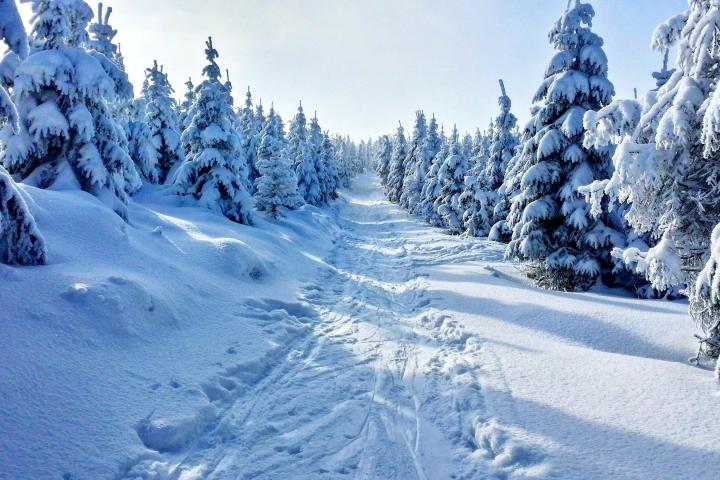
Common Questions About the Winter Solstice
The Winter Solstice is the shortest day of the year. Is it also the coldest?
The day of the winter solstice is the shortest day of the year, which means that it’s the day in which we experience the least amount of daylight. Logically, it would make sense to assume that this is also the coldest day of the year since we are exposed to less warmth-giving sunlight on this day than at any other time. But this is not true.
Many factors affect a location’s temperature on any given day, including altitude, snow cover, and large-scale weather patterns. Snow cover, for example, partially blocks solar radiation from being absorbed by the Earth, resulting in less heat being released and an overall drop in temperature. Because of these factors, it’s impossible to point to the same date year after year and call it the coldest day.
In the United States, the coldest days of the year tend to occur between mid-December and late January, so while it’s certainly possible that the coldest day of the year could also be the day of the winter solstice, that’s not usually the case!
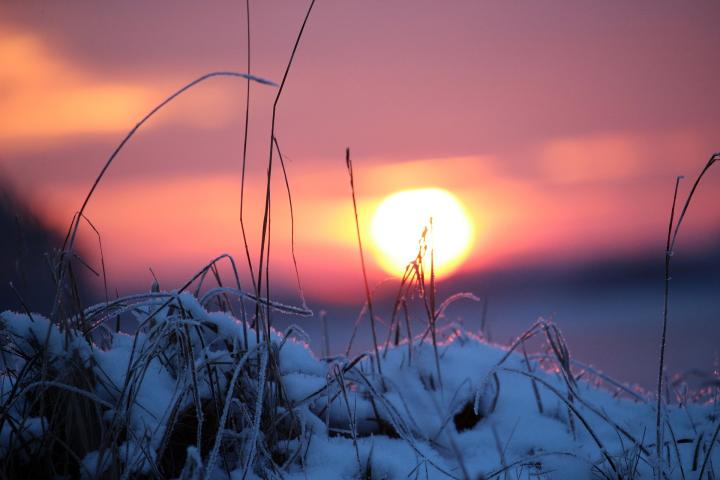
Is the Winter Solstice really the start of winter?
There is not a black-and-white answer to this question—it depends on which definition of “winter” you follow:
- Astronomical winter begins at the winter solstice and ends at the spring equinox. Astronomical seasons are based on the position of Earth in relation to the Sun.
- Meteorological winter (in the Northern Hemisphere) starts on December 1 and ends on February 28 (or 29). Meteorological seasons are based on the annual temperature cycle and climatological patterns observed on Earth.
Because an almanac is traditionally defined as a “calendar of the heavens,” we at The Old Farmer’s Almanac follow the astronomical definition of the seasons, which states that each of the four seasons starts on a solstice or equinox.
Learn more about the Reasons for the Seasons.
However, that doesn’t mean that the meteorological definition is incorrect. It is important for meteorologists to be able to compare climatological statistics for a particular season from 1 year to the next—for agriculture, commerce, and a variety of other purposes. Thus, meteorologists break the seasons down into groupings of three months. Meteorological winter starts on December 1 and includes December, January, and February.
Did you know? For the ancient Celts, the calendar was based around the solstices and equinoxes, marking the Quarter Days, with the mid-points called Cross-Quarter Days. Learn more about the Celtic calendar.
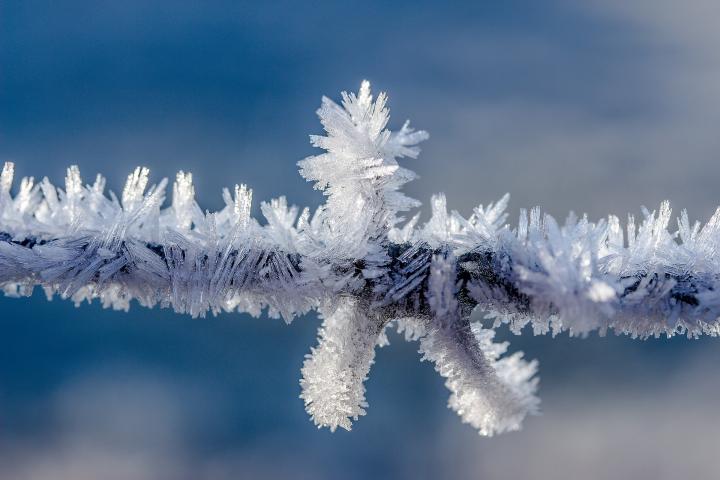
Was Stonehenge Built to Celebrate the Winter Solstice?
One famous ancient marker is Stonehenge in England. Due to the alignment of the stones, experts acknowledge that the design appears to correspond with the solstices. One theory is that the area was used as a temple to worship the Sun and/or as a type of astronomical observatory. Read more about Ancient Sites Aligned with the Solstice and Equinox.
Winter Folklore and Verse
Here at the Almanac, we love our weather folklore. Here are just a few (of the many) proverbs that we have collected in our archives:
- Deep snow in winter; tall grain in summer. —Estonian proverb
- Visits should be short, like a winter’s day.
- A fair day in winter is the mother of a storm. —English proverb
- Summer comes with a bound; winter comes yawning.
- Onion skins very thin, mild winter coming in.
Read more winter weather folklore.
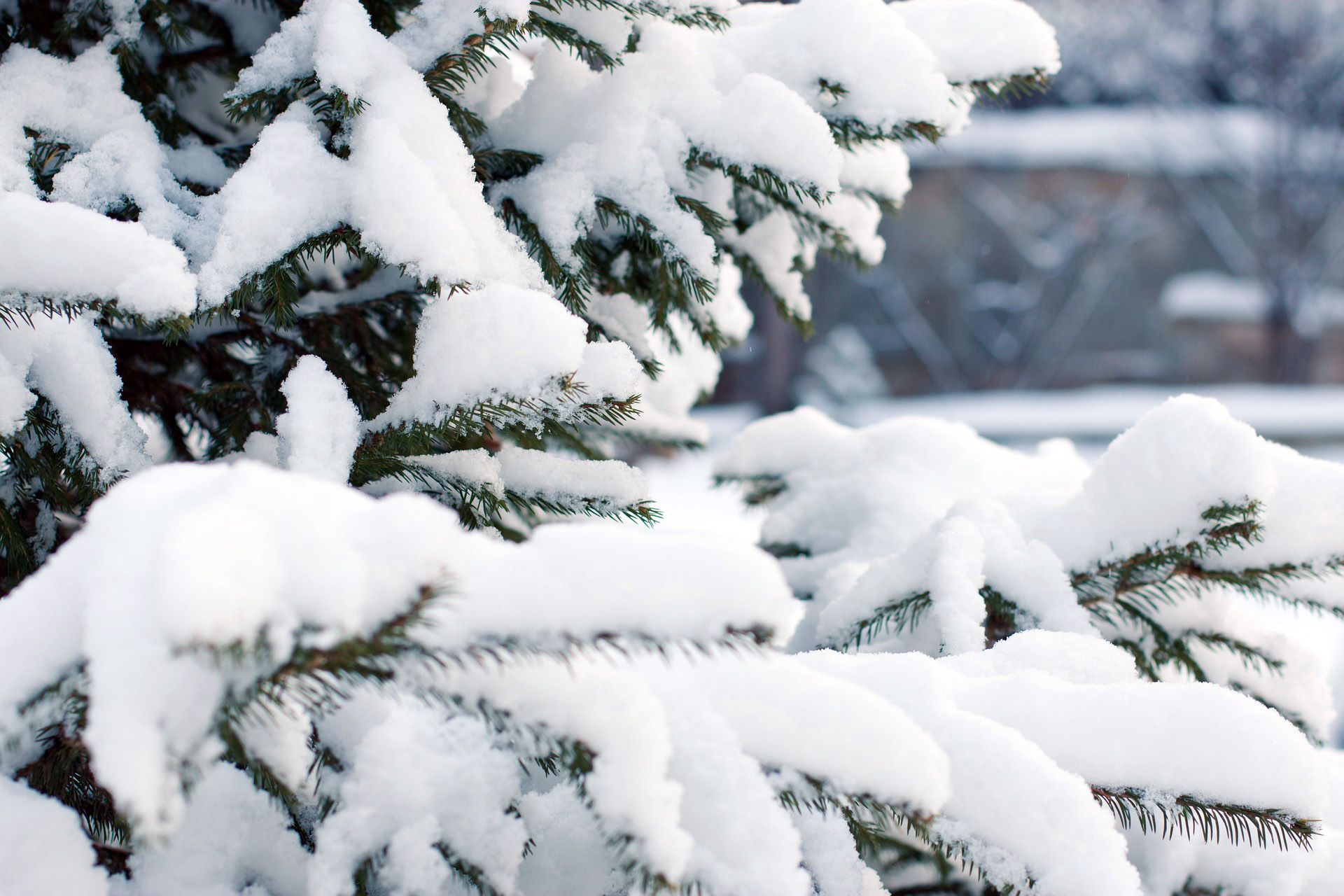
How Do We Celebrate the Solstice?
Cultures around the world have celebrated the solstice since ancient times. From the Roman feast of Saturnalia to the pre-Christian festival of Norse jól or Juul observed in Scandinavia, our ancestors honored the first day of winter in many ways. Learn more about “Winter Solstice: Our Ancestors’ Customs and Traditions.”
What Does Winter Mean to You?
Winter inspires both joy and woe. Some people can’t wait for the cooler weather, snow, skiing, and ice skating, curling up by a fire, and the holiday spirit. You’ll notice a peaceful silence when you walk through the woods—a muffled quiet.
Other people dislike the frigid temperatures, blizzards, and wild weather (for good reason). In colder regions, winter often means shoveling, snow blowing, dealing with bad roads, and sometimes unbearable temperatures. In warmer regions, the winter temperatures become very mild or cool, and places such as Florida fill up with people escaping the harshness of a northern winter.
What does winter mean to you? Let us know in the comments!
Winter Weather Forecast
Brrrr! What about that winter weather? Colder temperatures will arrive soon (if they’re not here already). At The Old Farmer’s Almanac, we’ve been forecasting the weather since the days of George Washington—over 225 years ago—so we know a thing or two about making predictions.
→ Check out our 2024-2025 Winter Weather Forecast to find out what sort of weather is in store for your area this season!
We are wishing our entire Almanac community a cozy, magical, safe, and beautiful winter season!
